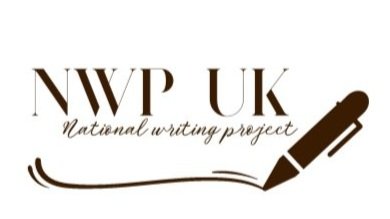When I was a young teacher, I worked in two unusual and challenging schools. We were often working without a map and it was both terrifying and brilliant. Early on, Michael Armstrong, who was a colleague then, encouraged me to keep a journal. Every day, at four o’clock, I sat down with a cup of tea and recorded stories from my day. I wrote down things that bothered me, or puzzled me, or that I considered a success. Very often, I just wrote down things that had happened without really knowing more than that. Only later did patterns appear. I have been writing journals about school life ever since.
It is what I like to write and it is where writing, for me, is a record, a research tool, a means of thinking and a means of discovery. I find writing in this way utterly absorbing and it is this kind of writing that makes me feel most like a writer.
When I look back at the early journals, I am dismayed by their prim schoolmarmy flavour despite the wildness of the context Very often I was simply catching the moments, hoping enlightenment would come later. I was coy about my part in the procedure. My notes were often cryptic, missing out the detail which I have learned bring things alive and help me to make sense of what I am seeing. Slowly, I loosened up. Threads emerged. I felt able to speculate. And I was lucky to have colleagues who wanted to talk, endlessly, about what we were doing; what students were teaching us. The talk remains essential. The writing catches the moment and allows thinking to unfold.
So I encourage you to keep a teaching journal. So very often it is assumed that writing means ‘being creative’; and ‘being creative’ means writing novels and poetry. For a teacher, writing about the life of the classroom is creative, is intellectually satisfying and is emotionally worthwhile. It is a way of making sense of what we and those whom we teach are doing. In making sense we create meanings and consolidate and develop our practice.
If that sounds too worthy, then shake yourself free of that idea. Just capture a story or two each day and see what happens.
This is the thing. Make a cup of tea and sit down. Open your notebook. Write the date and time and let the day come back to you. Write down what immediately comes to you. Sometimes, there will be one overwhelming event. Sometimes, a brief moment will have stayed with you -the way a child smiled, the hush as you read the last chapter of a novel, the surprising solution a child found to a maths problem, the emotions that surged when, yet again, Galahad the Restless could not settle to the task. .
Start by recording the story. Write down what happened. What words were spoken. Maybe what you felt and thought at the time. Then let the pen go. You may find yourself exploring one idea. You may find yourself writing down a list of small incidents. Be patient. Start with the aim of simply getting some details down. Let the events of the classroom and the writing itself lead the way.
One year my journal began in despair. Daily I reported a sense of failure, of making no headway, of students’ unfinished work and abandoned projects. I constantly questioned myself. Six months later, when re- reading the entries, I saw that much more had been happening than I thought. Although I felt at sea, the students were making headway. In every single abandoned attempt lay the seeds of what became major pieces of work during the next twelve months. I learned how some things come slowly and how important trust can be.
Start today. Use a school exercise book. See what happens.
Michael was an inspirational teacher and thinker. A collection of his papers and essays is available in this free e-book, Another Way of Looking.

